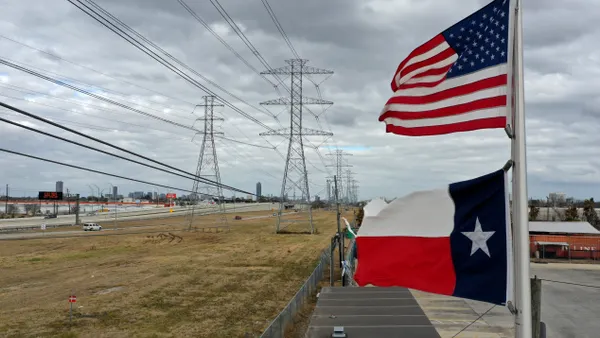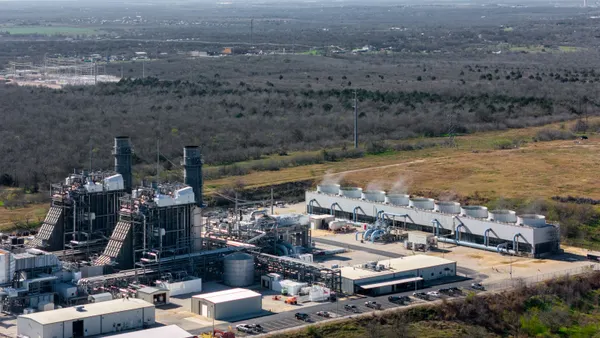PJM Interconnection stakeholders on Wednesday failed to select a plan for how to add data centers and other large loads to the grid in the Mid-Atlantic and Midwest regions.
As the last step in a Critical Issue Fast Path stakeholder process, PJM’s Members Committee voted on a dozen proposals that would set new rules for interconnecting large loads to the power system. None of the proposals garnered the two-thirds support needed to pass the “advisory” vote.
“The voting reflects the nearly impossible challenge of trying to ensure resource adequacy and control ratepayer costs, while also allowing data center development in a market that is already short on generation supply and faces a 5-to-7 year timeline to bring on new large-scale generating resources,” Jon Gordon, a director at Advanced Energy United, a clean energy trade group, said in a bulletin on the meeting.
A proposal offered by the Southern Maryland Electric Cooperative that focused on one issue — price responsive demand — received the most votes. After that, comprehensive proposals offered by PJM’s market monitor, the grid operator itself and a coalition that included state governors, the Data Center Coalition, Exelon and PPL received the most votes, in order.
The stakeholder process produced “thoughtful” proposals, although some were introduced late in the process and require more development, Jeffrey Shields, a PJM spokesman, said in an email.
The PJM board expects to develop a large load proposal to be filed for review at the Federal Energy Regulatory Commission, and will make its decision known in the “next few weeks,” according to Shields.
When PJM launched the fast-track stakeholder process, the grid operator aimed to file a proposal at FERC in December so it could be adopted in time to be in place before PJM holds its 2028/29 capacity auction set to be held in June.
It isn’t clear that the PJM board will be able to meet that original schedule, according to Capstone, a research firm.
Capstone analysts expect the PJM board will propose a reform package that reflects areas of emerging consensus on issues such as a fast-track interconnection process for loads that bring their own generation or agree to firm curtailment, they said in a note on Wednesday.
Other reform areas include strengthening load forecasting requirements, extending a price cap and floor on PJM’s capacity auction and demand response options for large loads, according to Capstone analysts.
The effort to set new rules for interconnecting large loads in PJM’s footprint comes amid tightening demand-supply conditions, partly driven by rising load forecasts caused by data center development.
Reflecting those conditions, PJM’s last two capacity auctions set record-high capacity prices, which has led to bill hikes in parts of the grid operator’s footprint.
PJM operates the grid and wholesale power markets in 13 Mid-Atlantic and Midwest states and the District of Columbia. PJM serves northern Virginia, home to Data Center Alley, the largest data center hub in the world.















